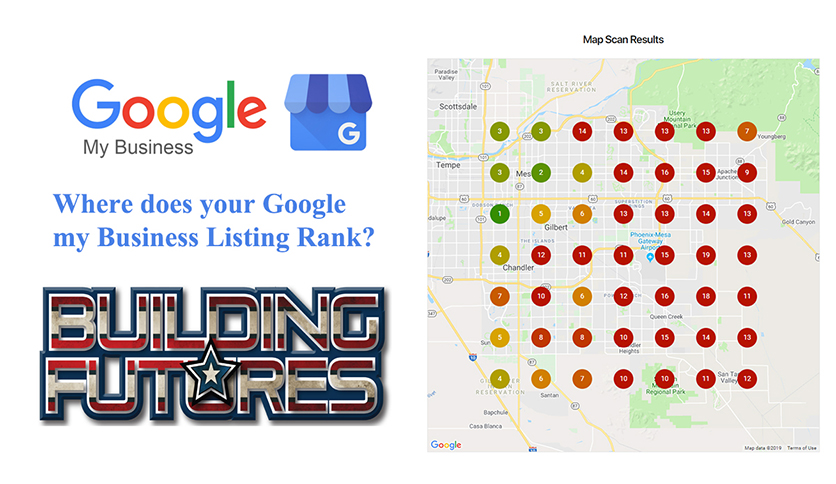5 Ways Rapid Decision Making
In today’s fast-paced business environment, the ability to make rapid decisions is crucial for success. With the ever-increasing complexity of modern organizations and the rapid pace of technological change, decision-makers must be able to quickly analyze situations, weigh options, and make informed choices. Rapid decision making is not just about speed; it’s about making high-quality decisions that drive business outcomes. Here are five ways to improve your rapid decision-making skills:
1. Simplify Your Decision-Making Process
Streamlining your decision-making process is key to rapid decision making. This involves cutting down on unnecessary steps and focusing on the essential factors that influence your decision. One effective strategy is to use the OODA loop, a concept developed by military strategist John Boyd. OODA stands for Observe, Orient, Decide, and Act. By quickly observing the situation, orienting yourself to the context, deciding on a course of action, and then acting upon that decision, you can significantly reduce the time spent on decision making.
2. Leverage Data-Driven Insights
In the era of big data and analytics, decision-makers have access to vast amounts of information that can inform their choices. Rapid decision making can be significantly enhanced by leveraging data-driven insights. This involves using data analytics tools to quickly analyze large datasets, identify trends, and predict outcomes. By basing decisions on empirical evidence rather than intuition or guesswork, you can increase the likelihood of making the right choice. Moreover, advanced analytics can help simulate different scenarios, allowing for the assessment of potential outcomes before making a decision.
3. Practice Parallel Processing
Parallel processing involves tackling multiple aspects of a decision simultaneously rather than sequentially. This can greatly accelerate the decision-making process by reducing the time spent on each individual step. For instance, while gathering information on one aspect of a decision, you can also be evaluating options related to another aspect. This approach requires a high degree of multitasking ability and the capacity to manage complex information flows. However, when executed effectively, it can significantly enhance the speed of decision making without compromising on the quality of the decision.
4. Utilize Decision-Making Frameworks
Decision-making frameworks provide structured approaches to evaluating options and selecting the best course of action. These frameworks can range from simple models like the pros and cons list to more complex methodologies such as Six Thinking Hats or the Pareto analysis. By applying these frameworks, decision-makers can systematically assess different factors, prioritize them, and make informed decisions quickly. Each framework has its strengths and is suited to different types of decisions, so it’s beneficial to be familiar with a variety of them to apply the most appropriate one in any given situation.
5. Develop Your Intuition
While data and frameworks are critical tools for decision making, intuition also plays a significant role, especially in rapid decision-making scenarios where time is limited. Intuition is developed through experience and involves the ability to make decisions based on subconscious pattern recognition. Cultivating your intuition involves reflecting on past decisions, understanding what worked and what didn’t, and trusting your instincts when faced with similar situations in the future. This doesn’t mean ignoring data or analysis but rather learning to balance objective information with your subjective experience and judgment.
Implementing Rapid Decision Making in Practice
Implementing rapid decision-making strategies in your organizational culture requires a multifaceted approach. It begins with fostering an environment that encourages decisiveness and calculated risk-taking. This can involve training programs that teach employees how to make swift, informed decisions, as well as structural changes that reduce bureaucracy and empower individuals at all levels to make decisions. Technology also plays a crucial role, with tools and platforms that facilitate data analysis, communication, and collaboration being essential for supporting rapid decision-making processes.
Conclusion
Rapid decision making is a skill that can be developed over time with practice, the right strategies, and a supportive environment. By simplifying decision-making processes, leveraging data-driven insights, practicing parallel processing, utilizing decision-making frameworks, and developing intuition, individuals and organizations can enhance their ability to make high-quality decisions quickly. In a world where speed and agility are becoming increasingly important for competitiveness, mastering rapid decision making is not just beneficial—it’s essential for success.
What are the key components of rapid decision making?
+Rapid decision making involves simplifying the decision-making process, leveraging data-driven insights, practicing parallel processing, utilizing decision-making frameworks, and developing intuition. Each of these components contributes to making informed decisions quickly.
How can organizations foster a culture of rapid decision making?
+Organizations can foster a culture of rapid decision making by providing training on decision-making skills, reducing bureaucracy, empowering employees to make decisions, and leveraging technology to support swift and informed decision-making processes.
What role does intuition play in rapid decision making?
+Intuition plays a significant role in rapid decision making as it allows decision-makers to make choices based on subconscious pattern recognition developed through experience. While data and analysis are crucial, trusting one’s instincts can be invaluable in situations where time is limited.
